Balloon Flower
- March 13, 2024
- 0 comment
The Balloon flower, also called Platycodon Grandiflorus, is a pretty plant that comes from East Asia. It’s well-liked for its special flower buds that look like balloons before they open up into lovely star-shaped flowers. People often grow this plant in gardens because it’s so attractive and adds beauty to the surroundings.
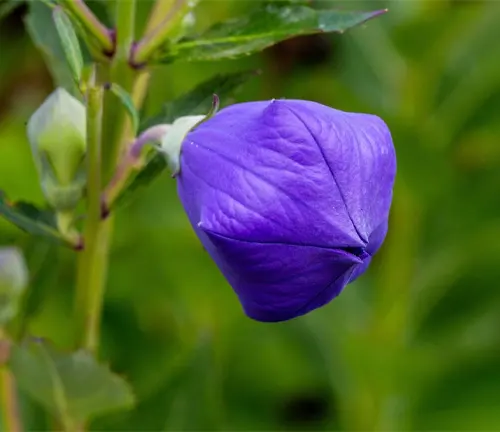
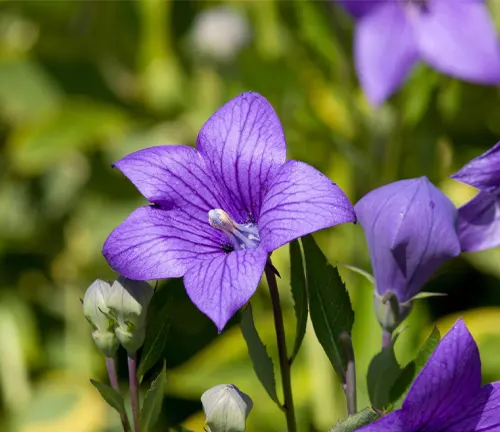
This perennial plant is easy to care for and can bring a touch of whimsy to any garden with its charming balloon-like buds. With its unique appearance and long-lasting blooms, the Balloon flower is a delightful addition to any garden or landscape.
| Characteristics | Description |
| Scientific Name | Platycodon grandiflorus |
| Common Names | Balloon flower, Chinese bellflower |
| Family | Campanulaceae |
| Native Region | East Asia |
| Plant Type | Herbaceous perennial |
| Size | Balloon flowers typically grow to a height of 30 to 60 centimeters. |
| Leaves | The plant features ovate, serrated leaves that are green in color. |
| Flowers | The balloon-shaped flower buds open to reveal star-shaped flowers in shades of blue, pink, or white. |
| Propagation | Balloon flowers can be propagated through division or from seeds. |
| Drought Tolerance | These plants are moderately drought-tolerant once established. |
| Cultural Uses | In traditional Chinese medicine, the roots of the balloon flower are used for various medicinal purposes. |
| Ecological Role | Balloon flowers attract pollinators like bees and butterflies, contributing to local ecosystems. |
| Notable Species | Platycodon grandiflorus ‘Astra Series’ and Platycodon grandiflorus ‘Fuji Blue’. |
| Hardiness Zones | USDA zones 3 through 8 |
| Growth Rate | Moderate |
| Lifespan | Can live several years in optimal conditions |
Botanical Beauty of “Balloon Flower ”
The Balloon flower is a lovely plant known for its delicate balloon-shaped buds and star-shaped flowers, which give it a special and elegant look. These distinctive features make the Balloon flower a highly valued choice for beautifying gardens and landscapes, adding a touch of uniqueness and charm to any outdoor space.
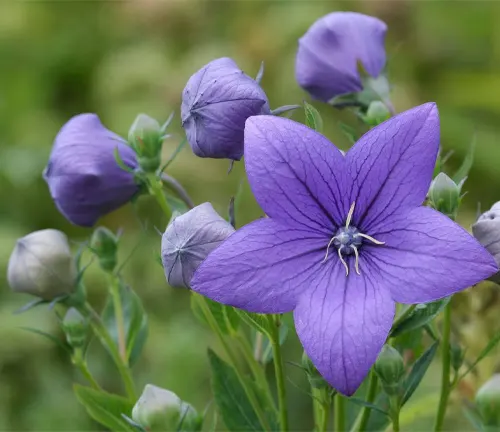
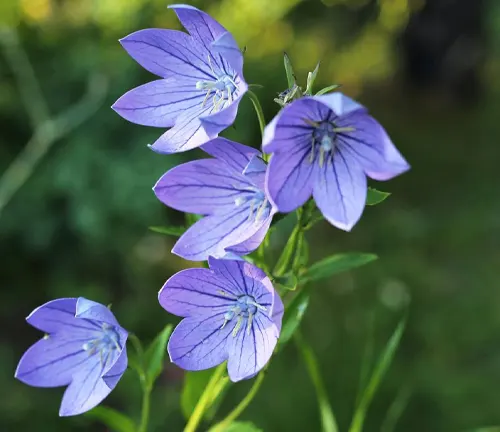
Woodland Elegance
In woodland gardens, the Platycodon grandiflorus, or Balloon flower, brings a touch of elegance with its delicate blooms that stand out against the lush greenery. This plant adds a pop of color and a sense of grace to shaded areas, enhancing the natural beauty of the surroundings.
Ecological Importance
Balloon flowers play a vital role in their native regions by supporting biodiversity. They offer nectar and pollen to pollinators, helping to sustain the ecosystem and promote the health of local wildlife populations.

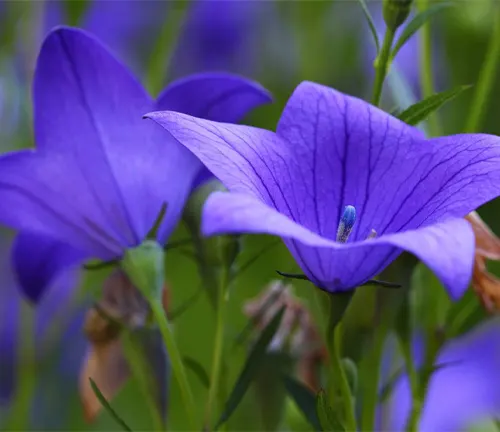
Cultivation and Conservation
The Balloon flower is grown in gardens and landscapes because of its beauty, which helps in preserving and protecting this plant. By cultivating it in various settings, people are actively contributing to the conservation of the Balloon flower, ensuring that it continues to thrive and be enjoyed for years to come.
Fragrance
The Balloon flower, with its unique and elegant appearance, also offers an added bonus in the form of its fragrance. Some varieties of this plant have a delightful, mild scent that is often described as sweet and pleasing. This fragrant attribute is an additional charm that makes the Balloon flower a favorite among gardeners and nature enthusiasts alike.
The scent of the Balloon flower is a subtle, yet noticeable addition to the garden, adding to the overall sensory experience. The fragrance is often most pronounced in the morning and evening, providing a delightful aroma that can be enjoyed throughout the day.
The presence of a fragrant Balloon flower in a garden can create a serene and peaceful atmosphere, making it an ideal choice for those seeking to create a calming outdoor space. The combination of its beauty, unique appearance, and pleasant scent makes the Balloon flower a truly enchanting plant that is sure to bring joy and relaxation to any garden or landscape.
Soil Stabilization
Balloon flowers, with their extensive root system, play an important role in soil stabilization. This makes them a valuable choice for gardens and landscapes where erosion control is necessary. The plant’s roots help to anchor the soil, preventing it from being washed away or blown away by the wind.
The Balloon flower’s root system is particularly effective in preventing soil erosion in sloping areas, where the risk of landslides and soil movement is higher. By stabilizing the soil, the Balloon flower helps to maintain the structural integrity of the landscape, reducing the risk of damage to property and potential harm to people.
The Balloon flower’s ability to stabilize soil is not only beneficial for erosion control but also for the overall health of the garden or landscape. A stable soil structure promotes the growth of other plants and helps to maintain the overall appearance and health of the outdoor space. The Balloon flower’s contribution to soil stabilization is an important aspect of its ecological role, making it a valuable addition to any garden or landscape.
Common Uses
Balloon flowers have a history of use in traditional medicine for their potential health benefits. Some cultures believe that certain parts of the plant, such as the roots or flowers, may have medicinal properties that can be used to treat various ailments. These traditional uses often involve preparing extracts or teas from different parts of the balloon flower for consumption.
While more research is needed to fully understand the medicinal properties of balloon flowers, they continue to be utilized in traditional medicine practices for their perceived health benefits. Whether it’s for respiratory issues, digestive problems, or other health concerns, the balloon flower remains a plant of interest in the realm of natural remedies and traditional healing practices.
Benefits
Balloon flowers are popular for several reasons. They require minimal upkeep, making them a great choice for busy gardeners or those new to gardening. Additionally, these plants have a long blooming season, providing continuous beauty in the garden for an extended period. Their ability to attract pollinators like bees and butterflies adds to their appeal, contributing to a healthy and vibrant ecosystem in the garden.
By planting balloon flowers, you can enjoy a low-maintenance plant that brings beauty and life to your garden throughout the growing season. Not only do they require little attention, but their ability to attract pollinators also helps support the health of your garden by promoting biodiversity and ensuring the pollination of other plants. These benefits make balloon flowers a valuable addition to any garden landscape.
Different Species
Platycodon Grandiflorus ‘Astra Blue’
Part of the ‘Astra’ series, this compact variety produces a profusion of deep blue flowers. It’s well-suited for containers or small gardens. Smaller than the species, reaching about 8-10 inches in height.
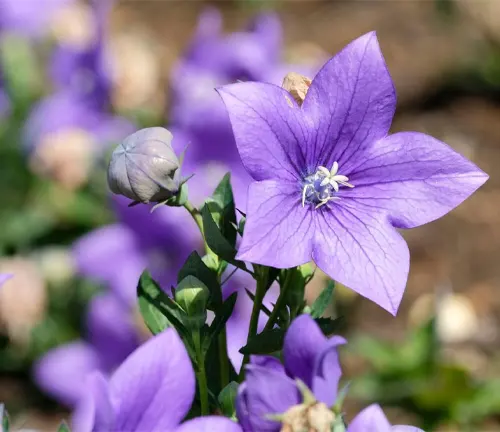
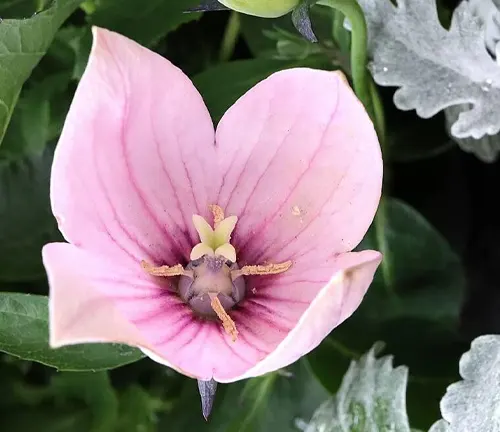
Platycodon Grandiflorus ‘Astra Pink’
Similar to its ‘Astra Blue’ counterpart but with soft pink flowers. It maintains a compact form, making it perfect for limited spaces. Compact, about 8-10 inches tall.
Platycodon Grandiflorus ‘Fuji White’
This variety stands out with its pure white flowers, offering a striking contrast to the more common blue varieties. ‘Fuji White’ has a somewhat taller growth habit. Medium to tall, reaching up to 24 inches in height.
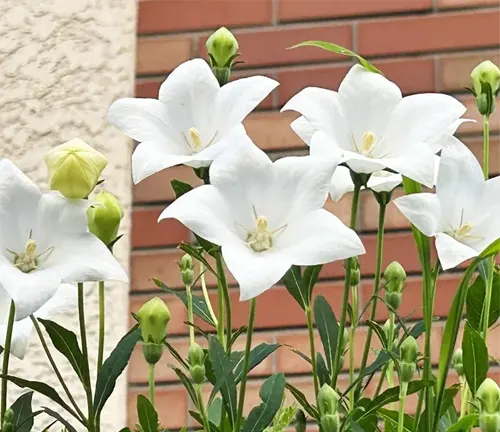
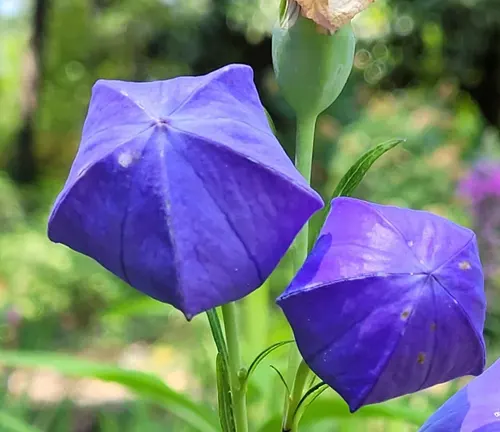
Platycodon Grandiflorus ‘Komachi’
Unique for its flowers that remain in a balloon-like shape without fully opening. The buds are a vibrant blue, adding an element of whimsy to the garden. Medium, with heights similar to the standard species.
Platycodon Grandiflorus ‘Sentimental Blue’
A dwarf variety that produces vibrant blue flowers. Its small size and prolific blooming nature make it an ideal choice for rock gardens and borders. Dwarf, about 6-8 inches tall.
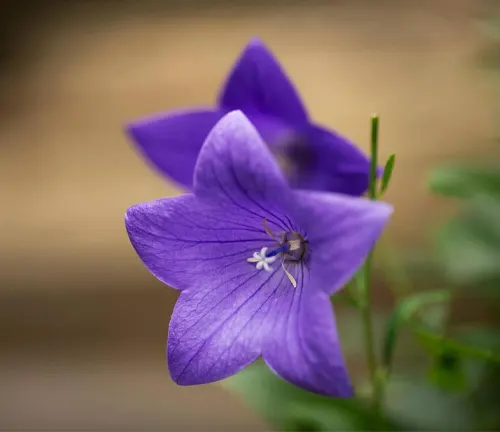

Platycodon Grandiflorus ‘Shell Pink’
This variety offers delicate pink flowers, providing a softer hue for the garden palette. It has a robust growth habit and is as hardy as the original species. Similar to the species, around 12-24 inches in height.
Platycodon Grandiflorus ‘Double Blue’
Featuring double-flowered blooms that provide a fuller look than the single-flowered species. The flowers are a deep blue, adding depth and texture to garden designs. Medium, typically up to 18-24 inches tall.
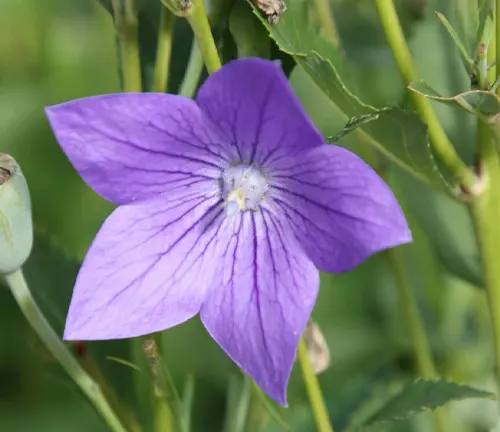
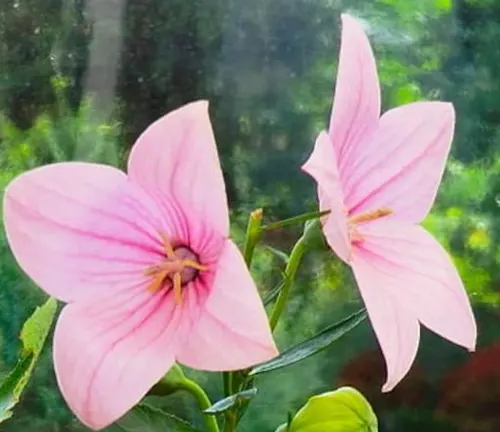
Platycodon Grandiflorus ‘Fairytale Pink’
Part of a series known for its large, bell-shaped flowers and sturdy stems. This variety has beautiful pink blooms that add a fairy tale charm to any setting. Medium, reaching up to 18 inches in height.
Frequently Asked Questions (FAQs)
1. What’s special about Balloon Flower buds?
Before they open up, the buds look like little balloons. This cool look is why people love them and how they got their name.
2. Can Balloon Flowers grow in different places?
Yes! They can handle cold and a bit of heat, so you can grow them in many places, from very chilly to pretty warm.
3. How do Balloon Flowers help the garden?
They bring in bees and butterflies because of their flowers. This is good for the garden because it helps all plants do better and stay healthy.
4. Are Balloon Flowers easy to take care of?
Yes, they’re pretty simple. They like sunny spots and don’t need a lot of water once they’re used to their spot.
5. Can Balloon Flowers be used as medicine?
People in some places use the roots for health stuff, like calming down swelling or helping with colds. Scientists are still learning about how it works.
6. Do Balloon Flowers help with soil?
Yes, their roots grab onto the soil tightly, which helps stop the soil from washing away. This is great for gardens on hills.
7. How long do Balloon Flowers stay in bloom?
They bloom for a long time, from early summer to the end of summer, so your garden stays pretty for months.
8. What kinds of Balloon Flowers can you find?
There are lots! Some are blue, pink, or white, and they can be big or small. This means you can pick the perfect type for your garden.
9. How do you get more Balloon Flowers?
You can split them up and plant the pieces in the ground, or you can plant seeds. Both ways work well.
10. Do Balloon Flowers smell nice?
Some do have a light, sweet smell that makes your garden even more enjoyable, especially in the morning and evening.


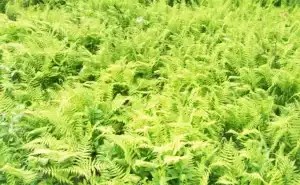
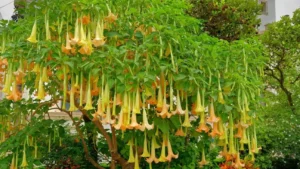

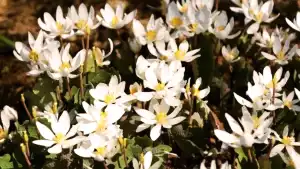

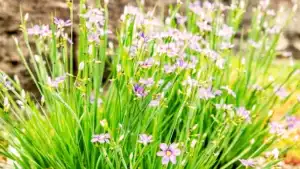

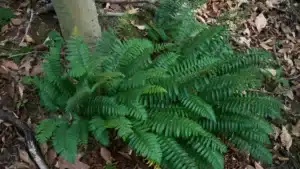
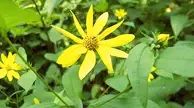

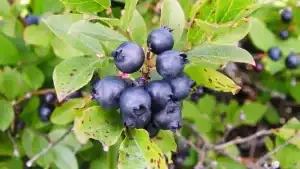

Leave your comment